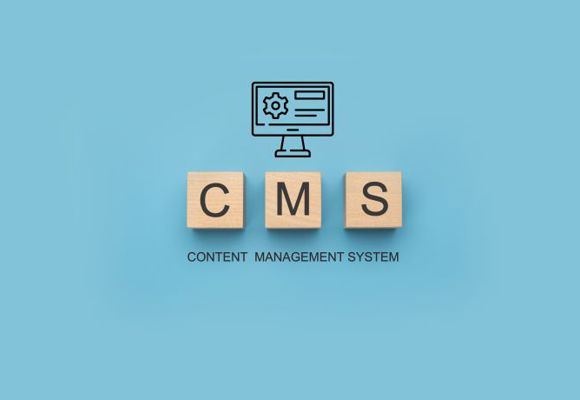March 11, 2025

It's safe to say that you interacted with some digital content since the moment you woke up. As you think about your curated news feeds, your favorite recipes, your frequented applications, and even your workforce resources, you'll quickly see that they all revolve around content and access to that content.
Note: this blog is the third in a series.
Content Management Systems (CMS) are a crucial part of our digital world. Here's why you should care: Well, over half of all websites are built using content management systems. A good CMS allows you to create, manage, modify, and publish content in a user-friendly way. This can be to a website, a web service, an application, or anywhere else content needs to be delivered. The key difference between doing this manually versus using a CMS is that you can leverage powerful tools like templates and extensions to minimize the amount of code you're creating.
What is Content Management and How Does It Work?
A CMS aims to allow for effective collaboration when it comes to content management. Each user can access all or some essential functions to create, read, update, manipulate, share, and delete content. Using identity federation, you can ensure that users have internal and external access to these content management systems.
Using a CMS doesn't have to be complicated. This is especially the case if you have good identity access management in place. We'll get into that in a little bit.
When leveraging a CMS, you'll usually use two core parts: a content management application (CMA) and a content delivery application (CDA). Using both of these components, you'll be able to handle all of the web and services code, queries into the database, backend infrastructure, and more. This is critical because it allows you to focus on experience and the front end of your website. Using CMS revolutionizes the way you deliver essential services and application resources.
How Does CMS Impact Web Design and Web Services?
Instead of starting from scratch with a blank HTML page and then having to code everything by hand, CMS will allow you to create versatile content with editor functions, drag and drop modules, inserting services, and more. All of this can be done without writing out code in HTML, CSS, or even JavaScript.
So, when you're ready to make changes to your site, you can access the appropriate section of your CMS and make changes. For example, if you're working with a blog, a CMS allows you to quickly hit submit rather than having to upload entire pages or new code to your servers.
It's important to note that 'innovation' isn't a buzz term any longer. It's all about survival now. Those organizations that saw their websites and web services proliferate adopted some CMS solutions. Those same organizations also saw happier users, more productivity, higher sales, and a healthier overall business.
With this in mind, it's important to note how users are accessing CMS ecosystems and how that is an essential part of the entire process. Our next blog dives into identity in a digital era. Also, be sure to check out our post on Top 5 Reasons You Need to Care About CMS and Use It.
Is a CMS Right for Your Business?
Get in touch and let's figure out the best solution for your needs.


